Not all memoirs have to flow chronologically, that is from point A to point Z, and not all do. Some memoirs mix present and past throughout. While others start in the present, loop back to how it all started, then proceed chronologically to end back in the present. Classic memoir structures like these are tried-and-true ways to organize and present your story to the reader.
In this article, I encourage you to consider alternative structures that are not bound by sequence of events. Alternative structures, compared to classic structures, allow writers to experiment and add to the growing perspectives in the nonfiction genre. These alternative structures seek to engage the reader in a different way—a way that is not only captivating but authentic and relatable.
Here are some alternative memoir structures to consider while writing or during the revision process.
Double Narratives are two narratives overlapping and influencing one another. An example of this is Wild: From Lost to Found on the Pacific Crest Trail by Cheryl Strayed. The story is a double narrative about the loss of a mother and the hike the narrator takes in search for answers.
Imposed structure is a narrative that is pressed into an existing structure. Brian Broome uses an imposed structure in Punch Me Up to the Gods. Each chapter is influenced by a line from Gwendolyn Brooks’ poem “We Real Cool”.
Collage structures compose a narrative through fragments and found items, building a story from many smaller pieces. In Heart Berries by Terese Marie Mailhot, the narrator weaves together (in a collage-like fashion) memory that isn’t exact, but melded to imagination, pain, and what we can bring ourselves to accept.
Memoir in Essay structure is a collection of personal essays on a specific topic or theme. In the Lit Hub article “The Memoir in Essays: A Reading List”, the writer Elizabeth Kadetsky offers this insightful and thought-provoking take on the memoir in essay structure:
“The more traditional memoir focuses on seeking and attaining redemption. The nonlinear structure of an essay collection reveals that there is never easy redemption, never clear resolution: bad things happen for no reason; overcoming one trial does not lesson the need to adapt in the next.”
Hybrid structures mix the author’s personal story with broader explorations of history, science, social science, criticism, or spirituality. Grace M. Cho’s Tastes Like War is about a daughter’s search through intimate and global history for the roots of her mother’s schizophrenia. The story is part food memoir and part sociological investigation.
Here’s a tip: Don’t become too distracted by structure when first drafting your memoir. A critical first step in identifying your structure is simply to get your story down on paper. Once you have a good understanding of the story you want to tell, revisit these classic and alternative structures to see if any of them resonate with your story and intention. Your story may cycle through many structures until one sticks. Keep writing.





